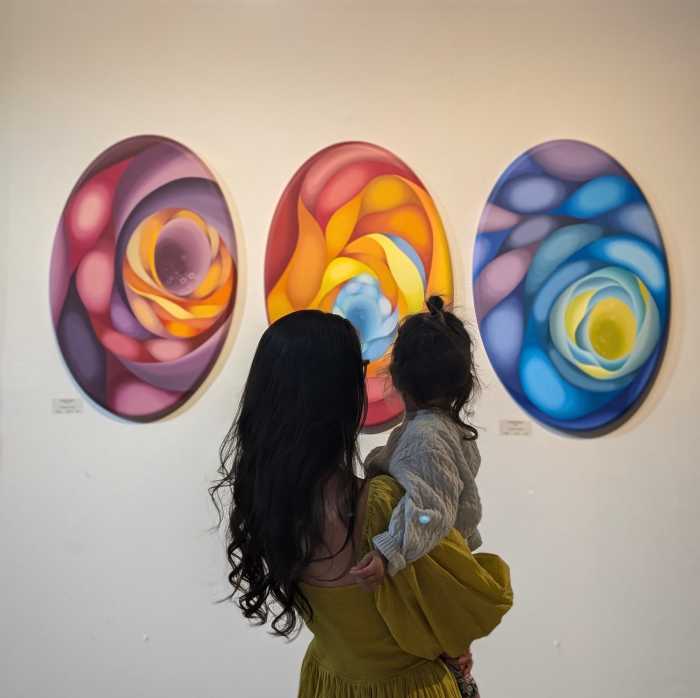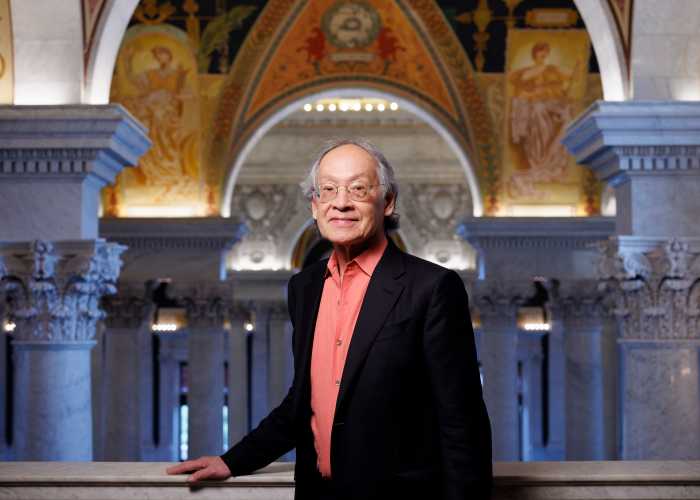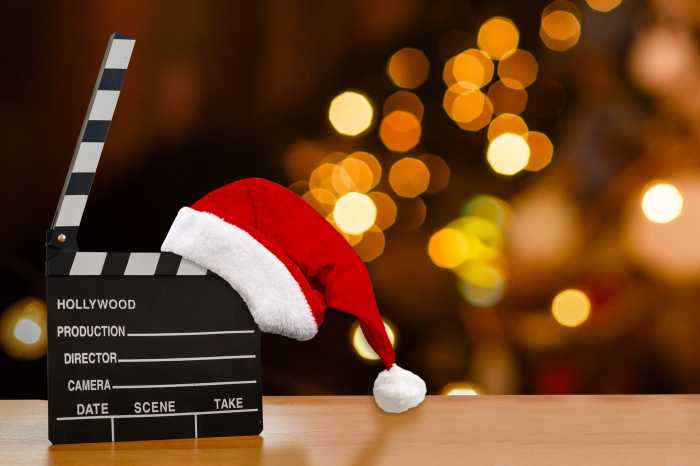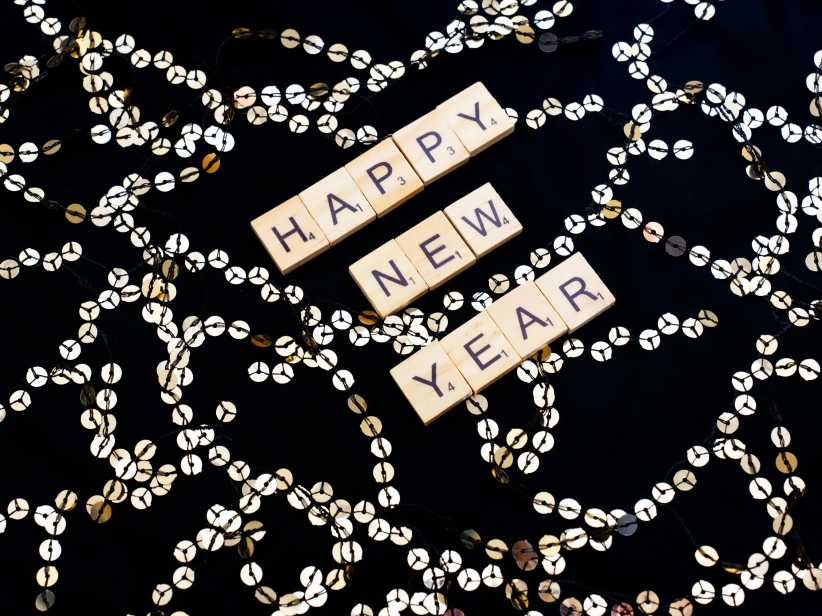By Merle Exit
Jan. 27 marks the arrival of New Year’s Eve without a countdown, champagne toast or noisemakers as it ushers in Jan. 28, the Year of the Rooster in the Lunar New Year.
What are some of the traditions and how are they celebrated?
“The year symbolizes punctuality, waking up and being on time,” City Councilman Peter Koo (D-Flushing) said. “For New Year’s Eve the whole family will be staying at home and eating together. We eat food that exemplifies good luck and good health such as oysters representing fortune. Sticky rice and red beans are included in the meal to symbolize prosperity. I remember my mother buying a whole fish to represent the extra that is left over for the New Year. The next morning my wife cooks a vegetarian dish as the first meal.”
The celebration continues into a third day, when people get together with their families and friends to celebrate and, of course, eat.
“When you visit anyone, the tradition is to bring something,” Koo said. “After you visit your relatives, you visit your friends. Special cakes are available at the many bakeries in downtown Flushing – with each having a meaning. For instance, Sesame Balls are sticky and represent sticking around, staying together.”
Lunar New Year can last for up to two weeks. However, the celebration can extend as long as three months, depending on restaurant availability, according to Koo.
As for potential New Year’s resolutions, Koo said they include doing better in school and, in his case, maintaining his weight.
“I don’t have to lose weight, but rather maintain my weight due to all the parties,” he said.
Yeou-Cheng Ma, a renowned violinist, CEO of the Children’s Orchestra Society and pediatrician, also celebrates the Lunar New Year.
“Traditionally for Chinese families, New Year’s is an intense two-week celebration during which family members from many generations gather together for meals, performances, and time for conversation,” Yeou-Cheng said. “Coming from a relatively small family, having born been in and growing up in both France and later in the United States, my brother Yo-Yo and I did not have much occasion to attend these large festivals. If possible, I try to gather my family members for at least a meal during the New Year’s celebration. But even if I do not, I prepare a meal of traditional foods for the New Year to offer to the ancestors, lighting incense, and inviting them to enjoy the food and bless us for the New Year.”
Yeou-Cheng said her typical menu includes traditional meats, chicken, duck, beef, pork, and vegetarian dishes for her grandmother, who was a Buddhist.
Luchia Meihua Lee, executive director of the Taiwanese American Arts Council and guest curator at the Queens Museum, also celebrates the holiday with her own traditions.
“For the New Year I plan to harvest some silver willow in my backyard,” she said. “Silver is simply an indicator of wealth. Silver is like ancient money. I have this chance to plant this silver willow at the most beautiful time when all the leaves drop and buds drop their red cover coming forth in silver. It allows me to feel hope.”
As for her customary traditions, Lee said she will clean the house and rearrange the furniture before New Year’s Eve.
“Cleaning the house is necessary work for both preparation and the new feeling that comes with it,” she said. “ I have the strange habit of reading the direction of feng shui each year. The CHI-energy switches every year with the various directions having different meanings and symbols bringing new energy and harmony with the year.”
As for food, she will attend a big meal with her family and friends and feast on “hot pot.”
“It is a pot of boiling water or broth into which one puts food to cook,” Lee said. “Although it is more convenient at home since we are vegetarian at our house, I like to go to a restaurant such as Niu Pot in downtown Flushing to share and celebrate a happy atmosphere.”

































